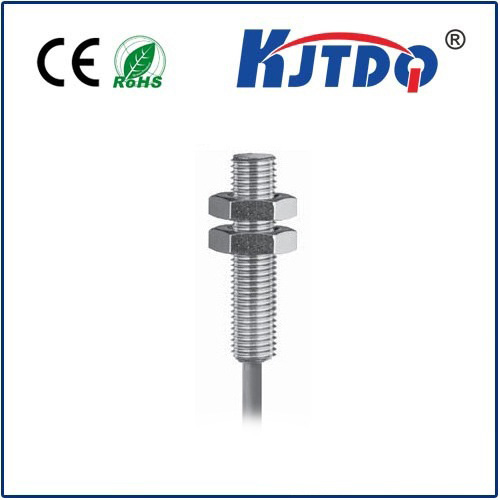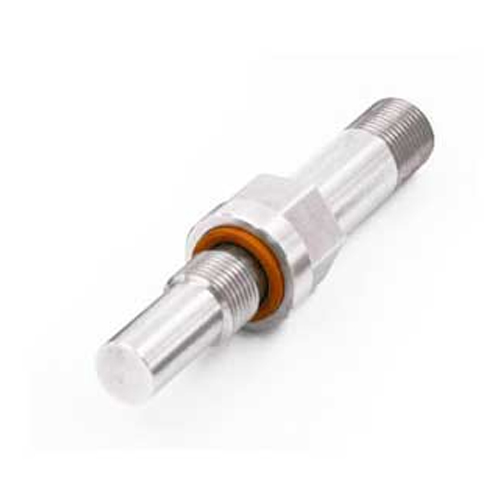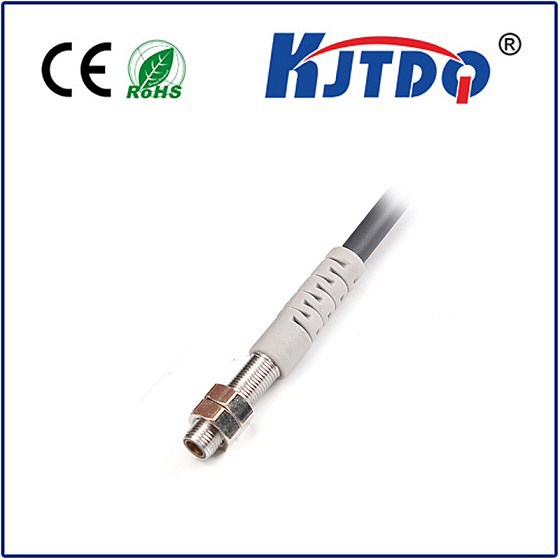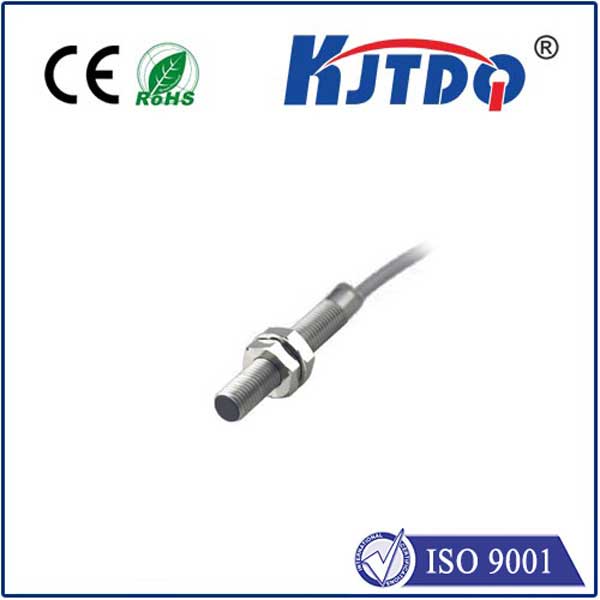
In the realm of modern technology, where precision and safety are paramount, the integration of proximity sensor short-circuit protection has emerged as a crucial safeguard. This innovative approach not only enhances the longevity of electrical systems but also ensures the wellbeing of users by mitigating the risks associated with unexpected electrical surges. Proximity sensors, designed to detect objects within close range without physical contact, play a pivotal role in various industrial applications. However, their effectiveness is contingent upon robust protection mechanisms against potential electrical faults. Short-circuit incidents, which can lead to equipment damage, data loss, and even safety hazards, necessitate a proactive defense system—enter short-circuit protection tailored for proximity sensors. This specialized form of protection operates on a principle that combines advanced sensing capabilities with rapid response circuitry. By continuously monitoring electrical currents flowing through the sensor’s circuitry, it stands ready to intervene at the slightest hint of abnormal activity. When a short-circuit occurs, characterized by an unintended path of low resistance between two points of different potential, the protection mechanism swiftly acts to isolate the faulty section. This is typically achieved through the use of high-speed switches or relays that can interrupt the circuit almost instantaneously. The significance of this protection extends beyond mere prevention of equipment damage. In industries where proximity sensors are integral to automated processes, such as assembly lines or robotic arms, even a momentary disruption due to a short-circuit could result in significant production downtime and financial losses. Therefore, the implementation of proximity sensor short-circuit protection serves as a critical investment in maintaining operational continuity and efficiency. Moreover, from a safety standpoint, such protection is indispensable. Electrical faults can pose serious risks to personnel working with or around these devices, potentially leading to electric shocks or fires. By ensuring that any short-circuit event is swiftly contained, proximity sensor short-circuit protection contributes to creating a safer working environment. Advancements in microelectronics and control algorithms have further refined the sophistication of these protective systems. Modern designs incorporate self-diagnosis features that can predict and signal potential issues before they escalate into full-blown failures, allowing for preemptive maintenance and reducing downtime even more effectively. Additionally, adaptive protection schemes adjust their sensitivity based on operating conditions, enhancing both reliability and energy efficiency. In conclusion, the integration of proximity sensor short-circuit protection signifies a leap forward in ensuring the safety, reliability, and efficiency of modern technological systems. As we continue to innovate and push the boundaries of what’s possible, incorporating such protective measures becomes not just a luxury but a necessity in our quest for progress.









